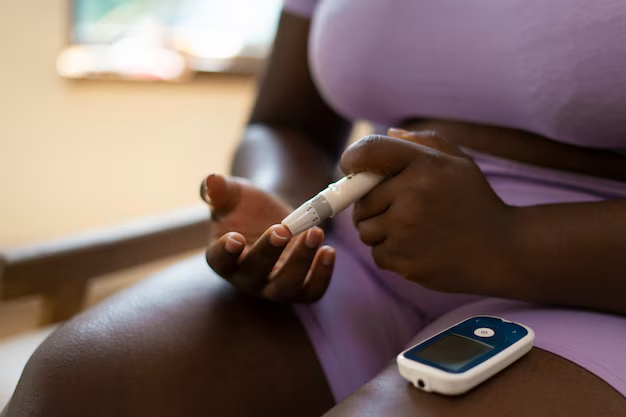Understanding Type 1 Diabetes: What You Need to Know
Every day, millions grapple with the challenges posed by Type 1 Diabetes, a chronic condition that doesn't often get as much limelight as other health issues, yet significantly affects the lives of those who live with it. Unlike its cousin, Type 2 diabetes, Type 1 is not preventable, and it's not related to lifestyle habits. Here's what you need to know about this form of diabetes and some resources that might be helpful for those managing the condition.
What Is Type 1 Diabetes?
Type 1 Diabetes is a chronic autoimmune condition in which the pancreas produces little or no insulin, a hormone necessary for the body to use sugar as energy. The immune system mistakenly targets and destroys the insulin-producing beta cells in the pancreas. This condition often emerges in children and young adults, although it can occur at any age.
Symptoms typically develop quickly and may include increased thirst, frequent urination, extreme hunger, unintended weight loss, fatigue, and blurred vision. Immediate treatment and long-term management are crucial for maintaining a healthy lifestyle, which includes regular blood sugar monitoring, insulin therapy, a healthy diet, and exercise.
Managing Type 1 Diabetes
The main goal in managing Type 1 Diabetes is to keep blood sugar levels as close to normal as possible to prevent complications. This requires a multifaceted approach involving:
- Insulin Therapy: Regular insulin injections or an insulin pump.
- Blood Sugar Monitoring: Frequent checks to ensure levels are stable.
- Healthy Eating: A balanced diet tailored to personal health needs.
- Regular Exercise: To maintain cardiovascular health and optimal weight.
Exploring Financial Resources
Living with Type 1 Diabetes can sometimes bring financial strain due to the cost of supplies, medication, and doctor visits. However, several financial assistance programs are available:
Government Aid Programs: Medicaid and Medicare often provide coverage for diabetes management and supplies. It's worth exploring eligibility criteria and benefits.
Nonprofit Organizations: Groups like the American Diabetes Association offer programs that may assist in obtaining free or reduced-cost medical supplies.
Pharmaceutical Assistance Programs: Many drug companies have initiatives to help patients obtain necessary medications at reduced prices.
Flexible Spending Accounts (FSAs): These allow you to set aside pre-tax dollars to pay for eligible medical expenses, effectively lowering your out-of-pocket costs.
Diabetes Camps and Grants: For younger individuals, these camps provide a place to learn more about managing their condition and meet peers.
Educational Opportunities and Training
Understanding diabetes is crucial, not just for those diagnosed, but for families too. Consider these educational resources:
- Online Courses and Webinars: Diabetes educators often run free or low-cost programs.
- Local Support Groups: These can provide emotional support and practical advice.
- Workshops and Community Events: Attend to learn updated management strategies and connect with others.
Financial and Educational Aid Opportunities 🌟
- 💡 Medicaid/Medicare: Check eligibility for comprehensive diabetes care packages.
- 🏥 Pharmaceutical Programs: Explore options through manufacturers for affordable insulin.
- 🏕️ Diabetes Camps: Scholarships often available for learning and connection.
- 📚 Online Courses: Free or discounted disease management courses.
- 📈 FSAs & HSAs: Utilize these accounts to save money on medical expenses.
Managing Type 1 Diabetes effectively depends not only on understanding the condition but also on leveraging available resources to alleviate financial stress. With the right support and tools, it's entirely possible to live a full and active life with Type 1 Diabetes.
